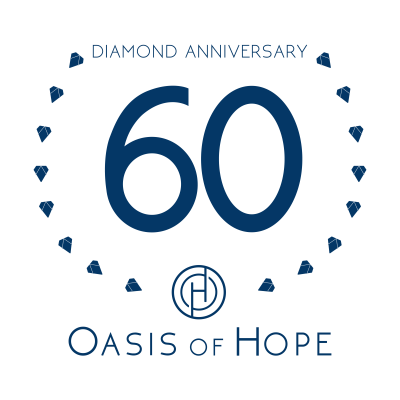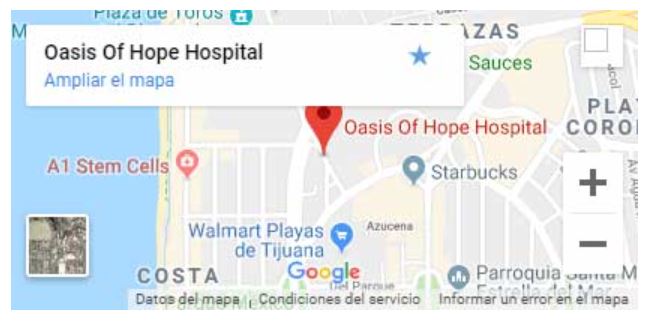[vc_row full_width=”” parallax=”” parallax_image=””][vc_column width=”1/2″][vc_column_text]
[/vc_column_text][/vc_column][vc_column width=”1/2″][vc_column_text]
Chapter 1: Cancer is a Tough Opponent
Cancer can be – and often is – a very wily opponent. In large measure, this reflects the fact that it is a constantly moving target. To understand why cancers can be so elusive, one must start with how cancers arise.[/vc_column_text][/vc_column][/vc_row][vc_row full_width=”” parallax=”” parallax_image=””][vc_column width=”1/1″][vc_column_text]
How Cancers Arise
Throughout life, the human body accumulates mutations in the genetic material of its stem cells – cells that retain the capacity to divide. This genetic material (DNA) can be damaged by activated carcinogens derived from the environment, or by oxidant chemicals produced as natural part of cellular metabolism. Mutations can also arise when DNA is mis-copied or inappropriately distributed during cellular replication – which is one reason why cancers are most prone to spring up from tissues in which cells have been dividing rapidly. Fortunately, cells have mechanisms for repairing damaged DNA – but these mechanisms are less than perfect, so that permanent alterations of DNA structure are progressively acquired by stem cells. Most of these mutations are either innocuous, having no significant impact on the behavior or survival of the cell, or are deleterious to the cell, dooming it to an early death. But occasionally a mutation arises that is not only tolerated by the cell, but increases the capacity of the cell to survive, proliferate and migrate.
In adult tissues, the total number of cells remains relatively constant owing to a careful balance between cell proliferation and programmed cell death – a process known as “apoptosis”. Tumors develop when this balance is disrupted by mutations that either boost the rate of cellular multiplication, or that protect the aberrant cell from appropriate programmed death. Some of these “oncogenic” (cancer-causing mutations) boost the intensity of growth signals that cause the cell to multiply, or disable key proteins that restrain these growth signals. Others impair the function of proteins that are required for efficient apoptosis.
Some mutations, often observed during the early evolution of cancers, increase the propensity of cells to accumulate further mutations. Such mutations typically reduce the cell’s capacity to repair damage to its DNA. A loss of the “p53” protein is an example of this. Mutations can increase the probability that dividing cells will end up with too many or too few chromosomes, which is a phenomenon known as “aneuploidy”. Pre-cancerous cells – as well as fully evolved cancers – tend to be very genetically labile. In other words, their genetic material mutates faster than that of most healthy cells. Fortunately, a high proportion of stem cells that have acquired potentially oncogenic mutations die off before they can do any harm. That is because many mutations that boost growth signals are somehow “sensed” by the cell as abnormal, inducing the cell to commit suicide.
But, this protective apoptotic response can sometimes be “vetoed” if the cell is exposed to excessive levels of certain growth-promoting hormones that suppress apoptosis. Prominent in this regard are sex hormones – estrogen and testosterone – as well as the hormones insulin and insulin-like growth factor-I. The main reason why so-called “Western” cancers – including cancers of the breast, colon, prostate, ovary, and pancreas – have been so much more common in “advanced” societies than in relatively poor Third World cultures is that diets rich in calories, “high-quality” protein and fats, in conjunction with sedentary lifestyles, tend to boost the levels and activities of these cancer-promoting hormones. Even if incipient cancer cells manage to avoid self-induced apoptosis, they are often prone to attack by marauding “natural killer” immune cells, which can recognize them as the enemy. Sometimes, pre-cancerous cells manage to survive long enough to acquire additional mutations that render them less susceptible to apoptosis or that shield them from attack by natural killer cells.
Such cells are prone to give rise to full-blown cancers, which may be relatively difficult to kill with chemotherapy or radiation.
A stem cell, which has acquired mutations that promote its proliferation and survival, may give rise to a tumor. In benign tumors, the cells have not gained the capacity to spread through healthy tissues and establish new distant colonies (metastases). Unless they arise in places where surgery is impractical – certain brain tumors, for example – most benign tumors are little more than a nuisance that can be surgically removed if need be. Some mutated cells gain additional mutations that render them more aggressive, enabling them to spread throughout the body.
A cancer with malignant and metastatic potential must have a remarkable range of capacities. It must produce proteolytic enzymes that enable it to “eat” its way through membranes and healthy tissues, and it must produce “angiogenic” hormones that cause the vascular system to establish a new network of blood vessels to feed the growing tumor. The cancer must gain the ability to invade the blood circulation or lymphatic system to survive while circulating in the blood or lymph, latch on to the wall of small blood vessels or lymphatic ducts, eat its way into new host tissue to establish a metastasis, and evade the natural killer cells wipe out many incipient metastases before they can establish themselves. It’s quite a feat of molecular engineering to accomplish all this, reflecting a delicate balance of multiple acquired mutations. That’s why, even though stem cells accumulate many millions of mutations during a lifetime, malignant cancers tend to arise only once or twice over the lifespan.
It is frequently feasible to cure localized cancers with surgery or radiotherapy before they acquire the capacity to spread to distant sites. There’s no doubt that the most definitive way to truly cure a cancer is to catch it early, before it spreads.
Every Cancer is Unique – and Wily
Cancers arise by progressive accumulation of random mutations. Each cell has tens of thousands of genes, and each of these genes can be altered in literally hundreds of ways. So each cancer is absolutely unique. Moreover, because cancers tend to acquire mutations more rapidly than healthy cells, they are constantly evolving – the cells within a given tumor are often diverse, and a cancer tends to evolve over the course of time. This evolution is often directed by the stresses that the cancer is subjected to.
For example, when a cancer is assaulted with a cytotoxic chemotherapy drug, the few cells in the tumor that have acquired mutations that enable them to detoxify or expel this drug, or that otherwise render them relatively resistant to the toxicity of the drug, are prone to survive. These cells will then predominate when the tumor grows back following chemotherapy.
The result is a tumor that will be less responsive to that particular drug – and possibly other drugs as well – the next time that chemotherapy is attempted. Analogously, if a cancer is treated with anti-angiogenic agents that impair its ability to elicit the growth of new blood vessels, cancer cells which mutate in a way that boosts their ability to produce pro-angiogenic factors may be able to continue spreading and promoting renewed tumor growth.
Cancers can also mutate in ways that render them relatively resistant to killing by natural killer cells, which makes it more difficult to eradicate small tumors with immunotherapy. Cancer is in fact a formidable adversary.
Although each cancer is unique, there is a tendency for cancers, which arise from a given tissue and that have certain histological features, to share certain common properties.
For example, clinical experience teaches that initially, certain types of cancer tend to be susceptible to destruction with a specific cytotoxic drug, or perhaps radiotherapy. Moreover, certain specific types of mutations tend to be highly common in certain types of tumor.
This can have mplications for the measures that may be effective for controlling the growth, or exterminating, that type of cancer.
Well-trained oncologists aren’t just flying blind. They can make educated, and often accurate, guesses regarding the therapeutic strategies that are likely to be useful in a given type of cancer. But, because every cancer is truly unique, there is never one-hundred-percent certainty that a given therapy will be effective – and, because cancers are constantly evolving, a therapy that formerly was highly effective may prove to be considerably less so when it is attempted again.[/vc_column_text][/vc_column][/vc_row]




